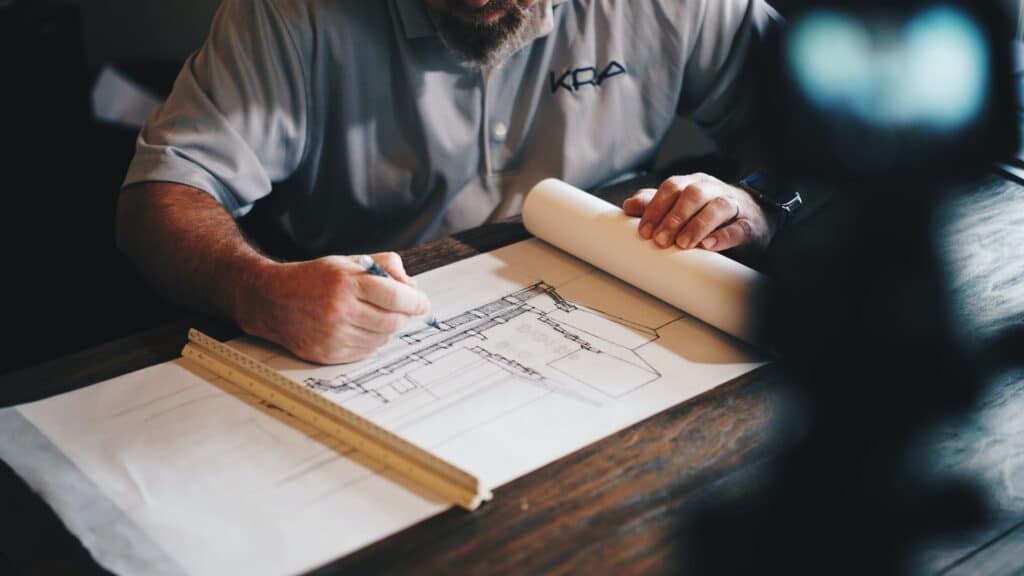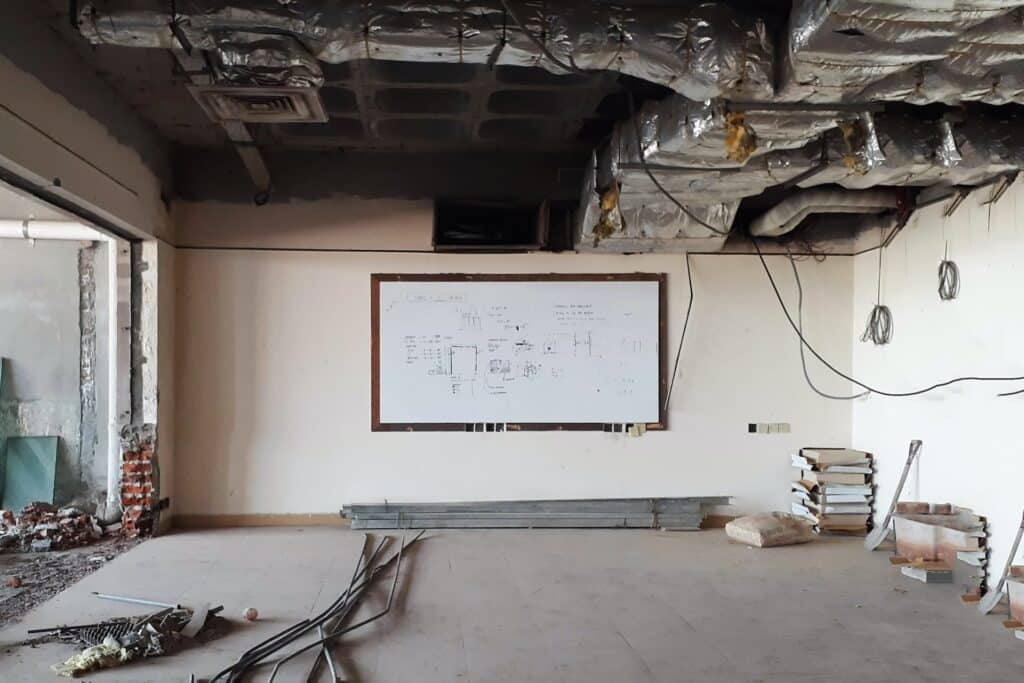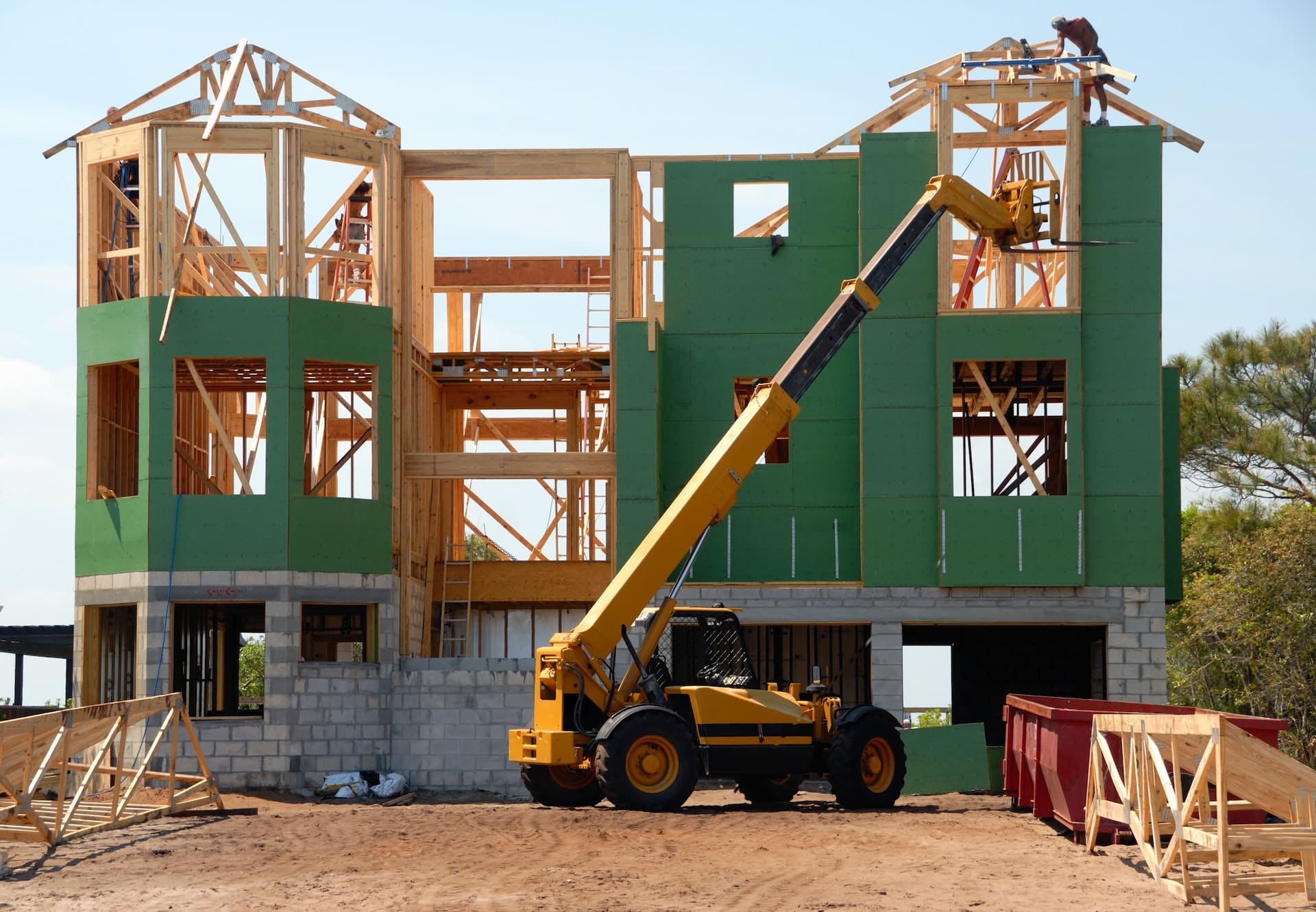A vast range of home designs is available to fulfill the needs of different families. Most people looking to buy a home end up buying one that already exists due to the broad number of options available and the expensive cost of building a starter home. This is hardly the worst choice, either. Most houses are constructed to last decades, are adaptable, and may even appreciate value.
But it’s hard to resist the allure of doing it yourself (using a general contractor to build a brand-new house). You can have a brand-new house constructed to fit your unique needs. Almost no defects are visible to the naked eye. Lead-based paint and asbestos-containing products are not present. The home is updated with modern conveniences while outdated problems are eliminated. Thus, it should be no surprise that, given a choice between building a starter home and buying one. The vast majority would opt to build their own home rather than buy an already-existing one.
First, you should make a financing plan
Getting funding is the first crucial step in the self-build process. Taking a house from the drawing board to the lot can cost anywhere from £1,000 to $3,000 per square meter, with the final price depending on factors like the home’s location, size, style, quality, and how much of the work the homeowner does. Self-build financing can come from various sources, including a lump sum payment, selling an existing home, a remortgage, or a dedicated loan or mortgage.
Keeping track of your outgoing expenses in a spreadsheet and remembering when payments are due can make or break your self-build. Avoid being soft on yourself; making changes to your home’s design as it’s being built will almost surely result in a financial shortfall. Setting aside money for the foundation is essential, as subterranean issues like soil pollution can add up quickly. Ten percent to twenty percent of the project’s total cost should be set aside as a buffer for unexpected expenses; additionally. You should account for hotel fees if you require them during construction.

The first step is always finding the right lot
You will have to look about for the greatest lot if you do not already own the land on which you want to build. Find vacant land in your area with the help of a real estate agent. Planning for construction projects starts early. Be sure the lot you choose is adequate for the home you want to build.
It would be best if you talked to your builder and architect as you narrowed down your choices to ensure the lot you end up with is suitable for your home’s layout and style. They should be able to help you determine what restrictions and requirements exist in zoning. They should also be able to tell you if your lot has any special features that will increase the cost of construction. Such as a steep slope that will require more engineering. Or if it is located in a particularly remote area and will therefore need a septic system.
Plan and design a home
Depending on your intentions, deciding on the house’s dimensions, layout, and design may come first or second. Think about how your design decisions might affect the home’s resale price if you want to move at some point. And while you are at it, decide what materials to use for your new home.
Though the experts on your team will be able to guide you toward the optimal design and layout, it doesn’t hurt to have some preconceived notions. Look at the houses you like from a car while you drive about your area. Examine internet resources for home decorating advice or research cutting-edge smart home technology to see whether it’s worth the added cost to you.

Interior Design
Now leave the building mainly to the pros you hired. If you think you can do a good job in designing the layout of the home, then you can start there. Those who had a general contractor or home package company building a starter home may decide to take the reins and decorate on their own. Taking on these last-minute tasks at the end of a construction project is a great way to make up for budget overruns. (Always take tasks that are within your capabilities, though.) If you don’t, you could have to pay to have a pro fix your mistake. Otherwise, the best decision is room furnishing. Starting to design the layout of furnishings early is very helpful. You can order all the furniture, artificial glass, and other decorations early, and they will arrive just as your home is done if you time your order right. You don’t want to waste time moving around decorations like artificial grass instead of moving in because there are truly many ways to use it. You want to know all of that beforehand.

Hire professionals
Expertise in the trades is required while recruiting new employees. Get recommendations from people you know and trust, and read online reviews. Make a list of the best prospects to meet with in person, and make sure to ask to see examples of their previous work and speak with the homeowners. Make use of your architect’s tender paperwork to solicit a formal estimate. You also need to understand what your civil engineer will do. Talk to him and make sure you are on the same page.
It’s important to work with reputable, high-quality craftsmen, so resist the urge to go with the lowest bidder. A self-build is a huge time and money commitment. That’s not the end of your relationship with the contractors you hire. It’s important to stay connected with your team throughout the duration of the project to prevent tension and, worst-case scenario, walkouts.
Don’t be overwhelmed by building a home
The average homebuyer will view ten different properties over the course of ten weeks before making an offer on one. If they can’t find a house that meets their needs and budget, they’ll try building a starter home. Why do people choose brand-new buildings? Permits issued for new dwelling development increased by 30.2% between March 2020 and March 2021. There were 1,739,000 housing starts and 1,580,000 completed homes in the time frame.
Image Credit:
https://www.pexels.com/photo/architecture-building-construction-daylight-534220/
https://www.pexels.com/photo/room-under-constr-5606879/
https://www.pexels.com/photo/crop-anonymous-financier-planning-budget-writing-numbers-in-notebook-4386339/
https://unsplash.com/photos/HtBlQdxfG9k

